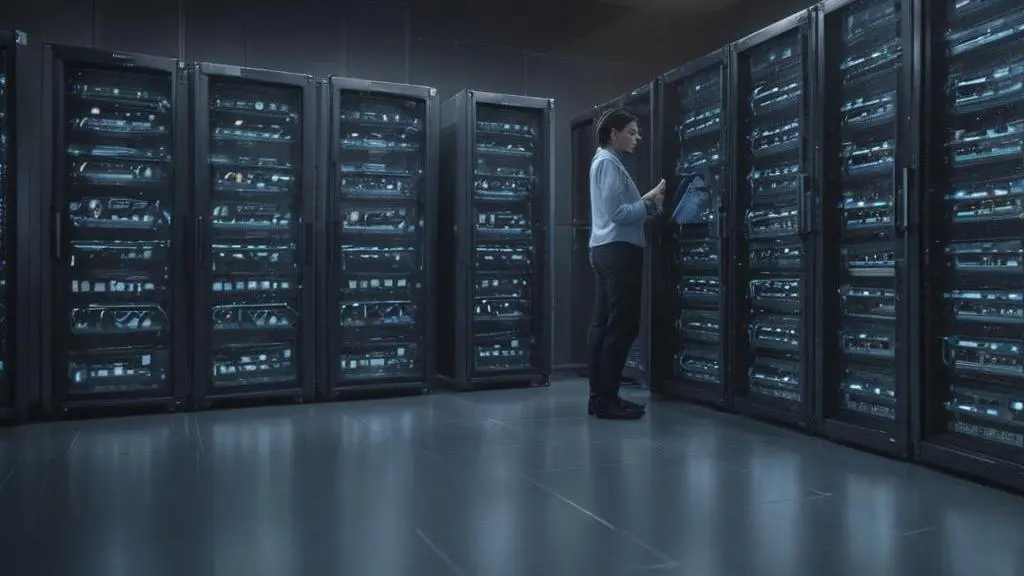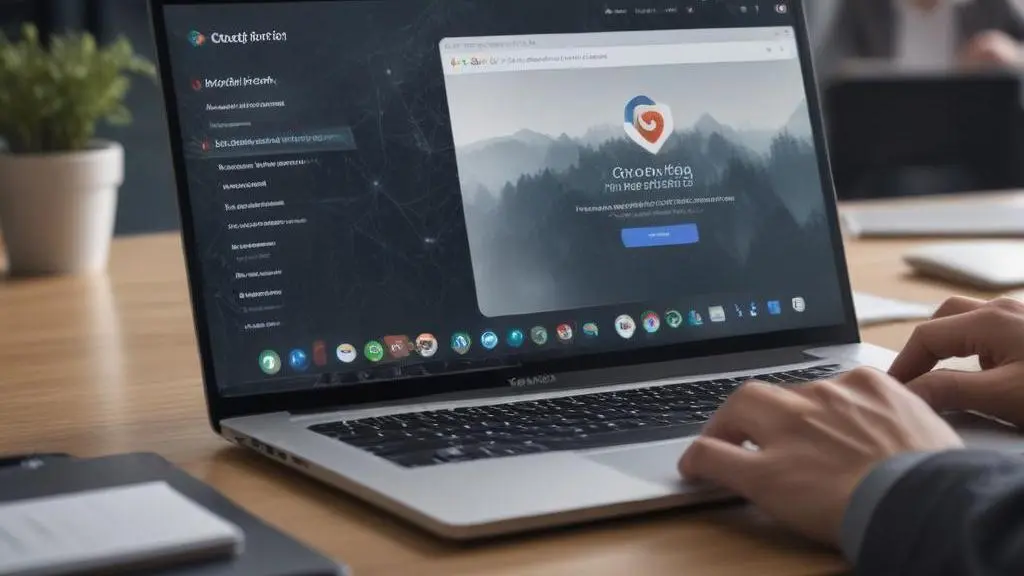Remote work has become a prevalent trend, offering flexibility and convenience. However, it presents unique challenges that can impact productivity and well-being. Exploring effective strategies can help overcome these obstacles and enhance the remote work experience.
Time Management in Remote Work
Effective time management is vital for remote success. Remote workers thrive by actively structuring their day. Implement robust organizational systems to manage your workload. Digital project boards are invaluable for this. They allow you to visualize tasks and track progress. Prioritize responsibilities diligently. Focus on tasks by their urgency and impact. This method ensures that critical work receives immediate attention. It prevents less important items from consuming valuable time.
Strategically block out specific periods for deep work. These dedicated slots minimize interruptions. Avoid the common pitfall of constant multitasking. Rapidly switching between tasks significantly reduces cognitive efficiency. Instead, commit to single-tasking during your designated blocks.
Consider implementing focused work intervals, like the Pomodoro Technique. This involves concentrated work sessions, typically 25 minutes long. Follow each session with a brief, refreshing break. These structured cycles boost focus and combat mental fatigue. Regular, short breaks are essential for sustained productivity. They allow your mind to reset. Such disciplined planning contributes to efficient business operations and improved output. This systematic approach also sets a foundation for seamless team communication, crucial for virtual environments.
Communication Strategies for Virtual Teams
Clear and efficient team interaction is fundamental for successful remote operations. Employ specialized digital platforms for instant messaging and virtual meetings. These resources enable quick information exchange and foster a continuous connection among colleagues. Establish regular, predetermined check-ins to maintain momentum and address emerging issues promptly. These sessions are crucial for alignment after individual work blocks. Precisely define expectations for tasks and outline distinct roles for each team member. This clarity reduces ambiguity, preventing wasted effort and enhancing productivity, building on strong time management practices. Cultivate an environment that actively encourages open dialogue. Team members should feel secure in sharing ideas, feedback, and challenges. Ensure every contribution is acknowledged and valued, making everyone feel heard. This inclusivity strengthens team bonds and promotes a collaborative spirit. Such structured communication supports smooth project progression and helps prevent the blurred lines that can impact personal time. For more on leveraging digital solutions to enhance team engagement, explore digital solutions.
Maintaining Work-Life Balance
Achieving work-life balance is crucial for remote workers. Remote work can easily blur the lines between professional and personal life. Establish strict boundaries for your workday. Define your starting and quitting times clearly. Communicate these hours to your colleagues and family. This prevents work from spilling into personal hours.
Creating a distinct physical separation is also vital. Designate a specific area solely for work tasks. This could be a spare room or a corner of a quiet space. The key is to be able to physically ‘leave’ this area. Stepping away signals the end of your workday. This practice helps mentally disengage from professional duties.
Prioritize self-care actively throughout your week. Schedule time for physical activity, like daily walks or a workout. Engage in personal hobbies that bring joy and relaxation. Reading or creative pursuits offer a mental break. Incorporate mindfulness or meditation. These practices reduce stress and improve mental clarity. This holistic approach supports sustained well-being.
Ergonomics and Home Office Setup
A well-configured home office is vital for sustained productivity and comfort. Beyond merely dedicating a space, its physical characteristics profoundly impact daily work. Begin by investing thoughtfully in ergonomic furniture. An adjustable office chair is paramount, offering lumbar support and promoting healthy posture. This choice significantly reduces physical strain during extended work periods. Pair this with a desk set at an appropriate height, allowing arms to rest comfortably. Consider integrating a standing desk to vary your working posture. Alternating between sitting and standing mitigates the health risks associated with prolonged stillness. Furthermore, an ergonomic keyboard and mouse prevent common wrist and hand discomfort. Proper lighting is also essential; ensure ample, glare-free illumination. Natural light sources are always preferable. Good ventilation keeps the air fresh, contributing to a comfortable and focused environment. This attention to your physical setup supports your overall well-being. It also enhances concentration, complementing the work-life boundaries you establish. A well-prepared physical space seamlessly supports the effective use of digital tools.
Digital Tools for Enhanced Productivity
Mastering remote work also demands intelligent use of digital tools. After optimizing your physical space, focus on your digital environment. Leverage digital instruments to streamline your workflow. Utilize collaborative planning platforms for tracking project progress. These systems foster seamless communication and shared task management among team members. For easy and secure document access, employ cloud-based file storage services. They ensure all necessary materials are always available, regardless of your location. Implement task automation to reduce repetitive work. This includes setting up automated notifications or routine data processing. Automation saves valuable time and minimizes errors, allowing you to focus on more strategic tasks. This efficiency supports your overall well-being, freeing time for personal activities (which we discuss next). For further guidance on maximizing your digital presence, explore expert strategies here. For a comprehensive guide and personalized solutions, click here to explore our offerings.
Mental Health and Well-being
Prioritizing mental health is essential for remote workers. The flexibility of remote work can sometimes blur boundaries. This can lead to prolonged screen time and reduced physical activity. Counter these tendencies by integrating regular physical activity into your daily routine. Even short walks or stretching can make a significant difference. Fuel your body with a healthy diet. Proper nutrition supports cognitive function and mood stability. Avoid skipping meals or relying on unhealthy snacks throughout your workday.
Schedule short, intentional breaks throughout the day. Step away from your workspace completely to truly recharge your mind. Combat potential feelings of isolation proactively. Actively connect with friends and family regularly. Utilize video calls or virtual meetups to maintain those vital social bonds. Recognize when stress or anxiety becomes overwhelming. Do not hesitate to seek professional guidance if needed. Prioritizing your overall well-being ensures sustained success and contentment in your remote career.
Final words
Mastering remote work involves a blend of effective time management, clear communication, and a focus on well-being. By implementing these strategies, you can create a productive and healthy remote work environment. Embrace the flexibility and convenience of remote work while maintaining a balanced lifestyle.











Leave a Reply